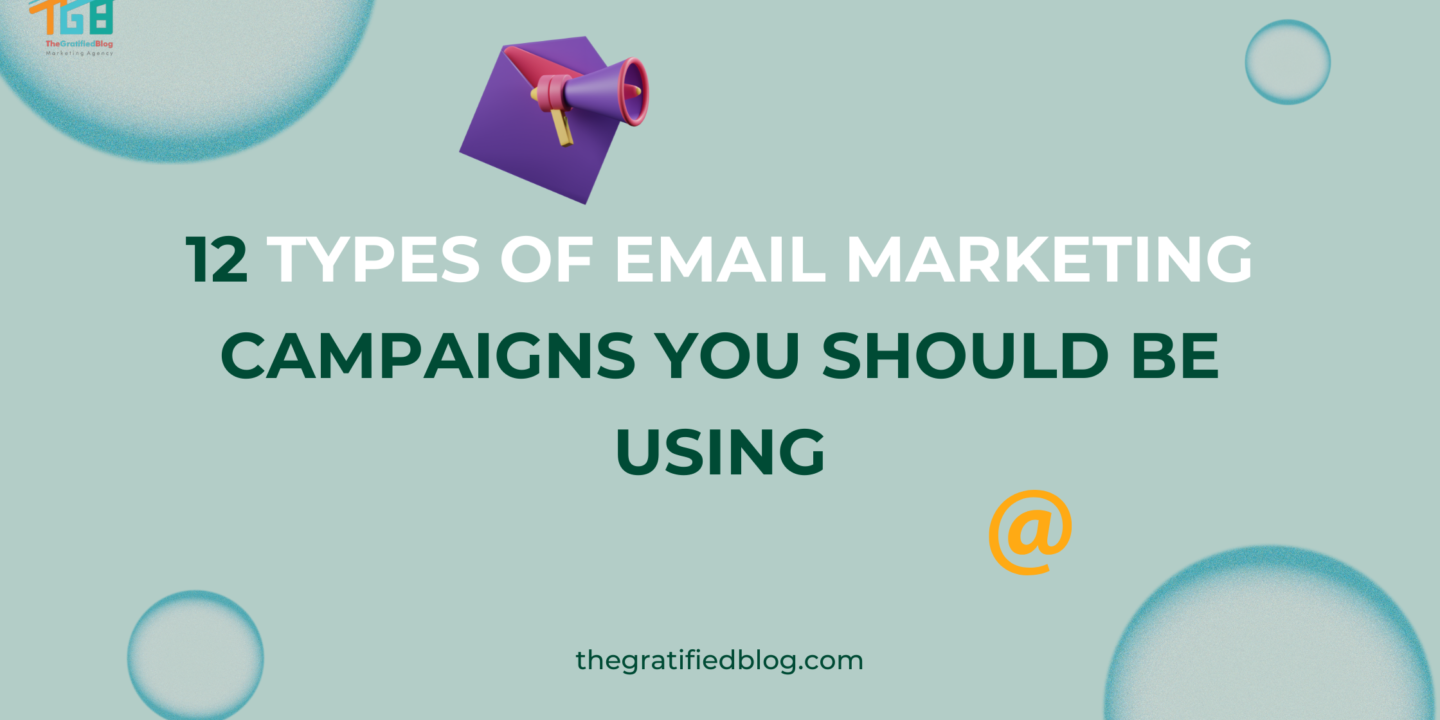
Very few people are familiar with the different types of email marketing. Despite its immense popularity and effectiveness, many must remember to include email marketing in their promotional strategy. However, it’s clear that with an effective effort through email campaigns, you can reach more of your target audience than ever before.
That could be why many businesses and individuals need to take advantage of the benefits of email marketing.
Whether you’re starting with email marketing or looking to revamp your current email marketing efforts, this guide will help you understand types of email marketing and how to get the most out of your campaigns.
What Are Email Marketing Campaigns?
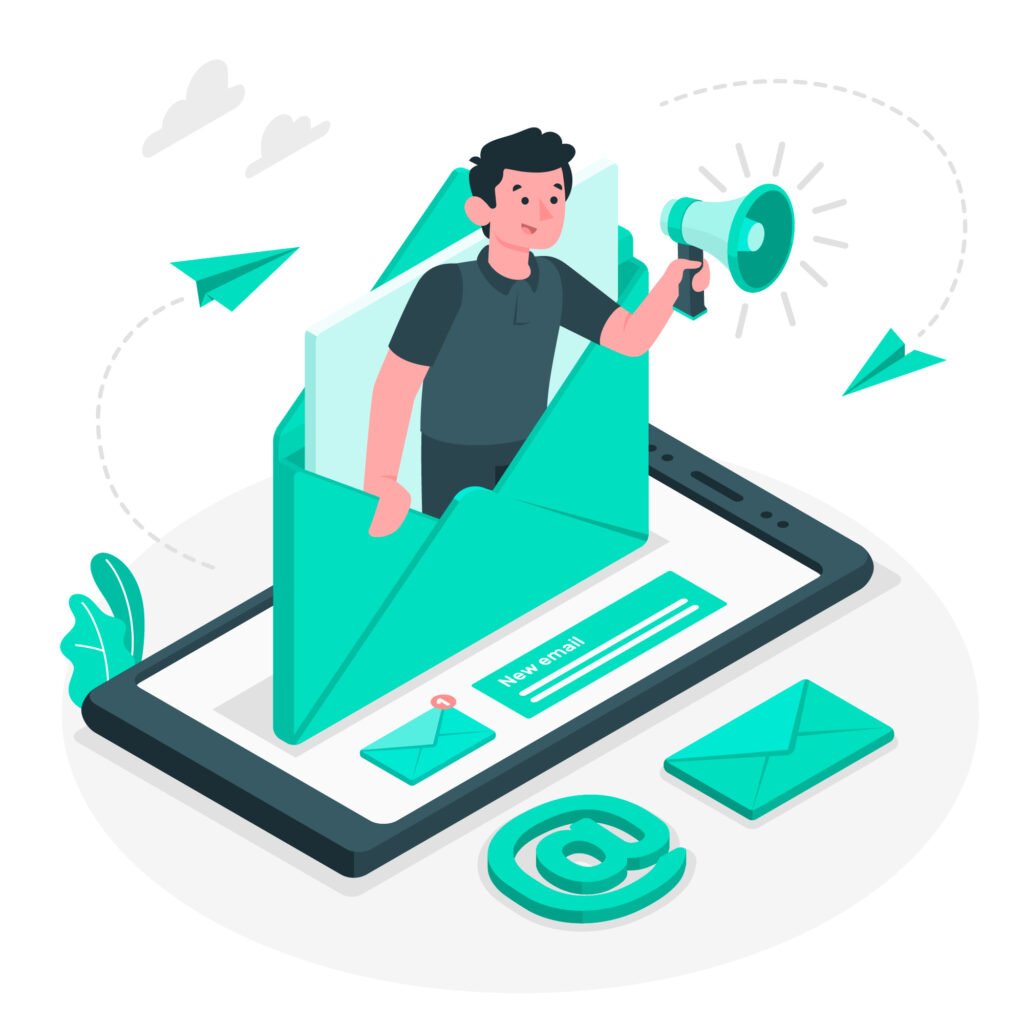
Email marketing campaigns are targeted, coordinated, and planned. Email messages are dispatched to a particular set of recipients to achieve a desired outcome.
Email campaigns are efficient for businesses to use communication to engage with their audience, establish connections, market products or services, and drive engagement and conversions.
12 Types Of Email Marketing Campaigns That You Can Use In Your Marketing Strategy
Here are 12 types of email marketing campaigns. Strategies that can be integrated into your marketing approach include:
Welcome Emails
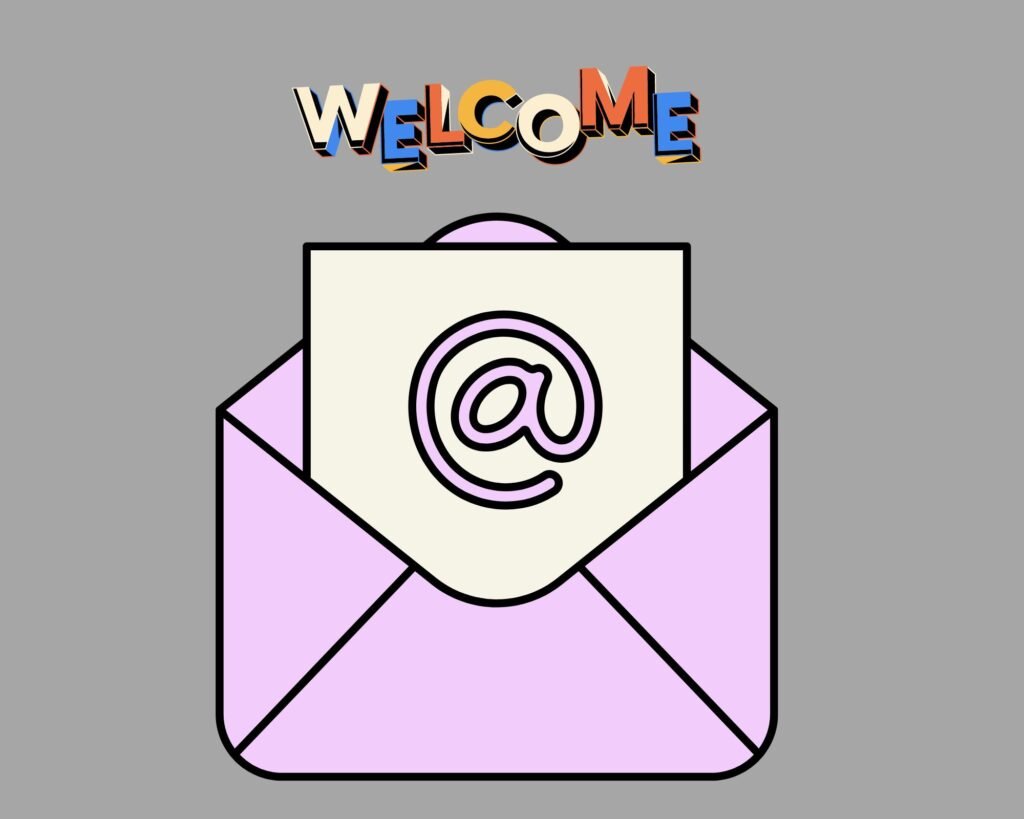
It’s always a good idea to start your email marketing efforts with a welcome email. This type of email allows you to introduce yourself and your business to new subscribers and remind them why they signed up in the first place.
Feel free to incorporate details about your products or services and any company-specific details and updates relevant to the emails you’ll be sending. You can even ask subscribers to share the emails they’d most like to receive in the future.
Some Important answers to questions you should know about the welcome email campaigns:
- What elements should be incorporated into a welcome email??
A welcome email typically includes a warm greeting, An expression of gratitude, an introduction to your brand and its values, information about what subscribers or customers can expect from your emails, and a clear call to action.
- How soon should a welcome email be sent?
Upon a subscriber joining your email list or a consumer purchase, you should send a welcome email immediately or within 24 hours. This guarantees that their interest and engagement are still fresh.
- How do you personalize welcome emails?
The secret to more effective welcome emails is personalization. Consider segmenting your welcome emails for different audience segments to deliver more relevant content. Use the subscriber’s or customer’s name in the greeting, customize the content depending on their interest, preferences, or, if known, and consider segmenting your welcome emails for different audience categories.
- Can I include a special offer or incentive in my welcome email?
Yes, including a special offer or incentive in your welcome email can be a great way to engage new subscribers or customers. It could be a discount code, a free resource, or exclusive access to content or promotions, encouraging them to take further action or make a purchase.
Newsletter Or Digital Magazine Emails
This can be a great way to stay engaged with your audience, update them on new products or promotions, and show off the latest trends in your industry.
Whether you send these types of emails monthly, weekly, or quarterly will depend mainly on your business and its goals for email marketing. However, it’s important to remember that you should always aim for quality over quantity when crafting these email campaigns.
Also, it’s a good idea to include some call-to-action in these emails, whether a signup for an upcoming webinar or a link to your latest blog post.
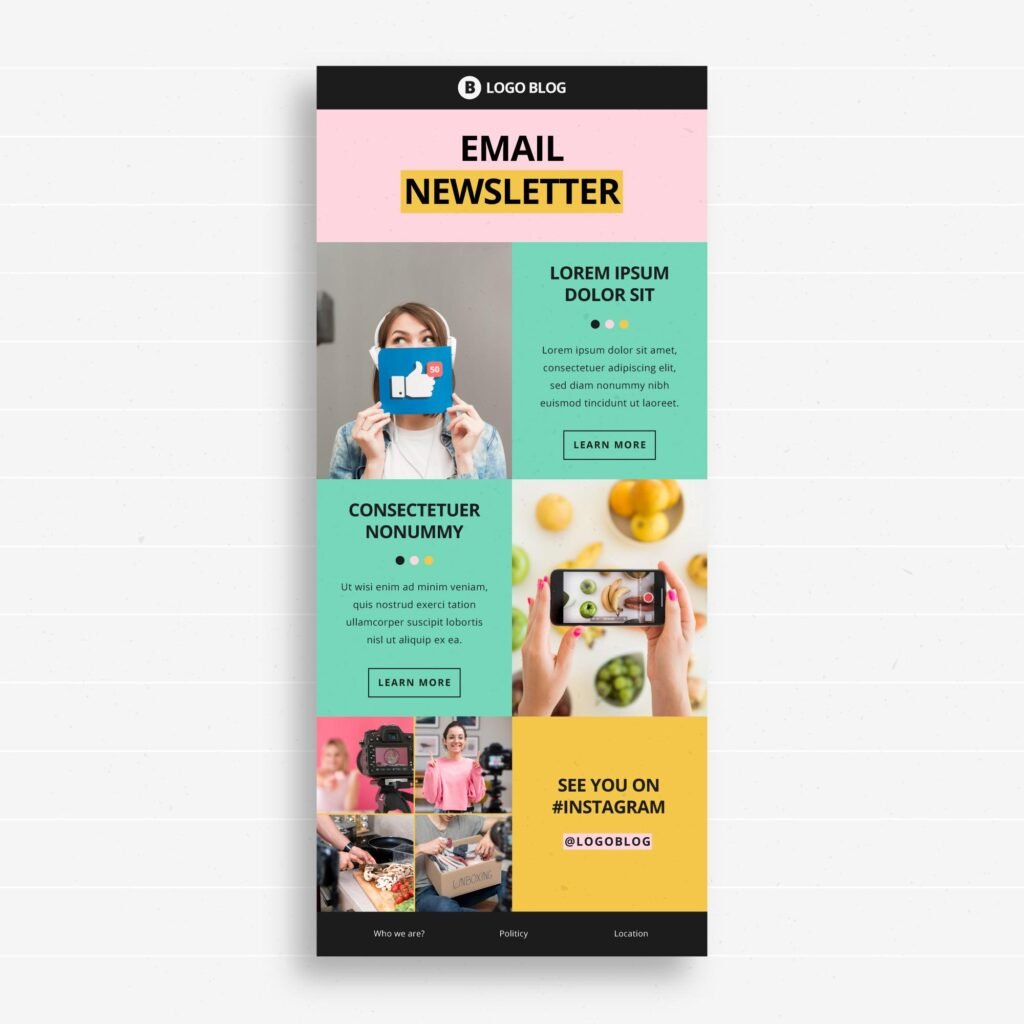
Some Important answers to questions you should know about the newsletter or digital magazine email campaigns:
- How can I make my newsletter or digital magazine emails stand out?
Focus on offering relevant and original information, using exciting subject lines and eye-catching pictures, keeping consistent branding and design, and experimenting with various formats, such as video or interactive components, to make your newsletter or digital magazine emails stand out.
- Can I monetize my newsletter or digital magazine emails?
Yes, there are several ways to monetize your newsletter or digital magazine mailings, including sponsored content or adverts, affiliate relationships, premium memberships, or providing subscribers with access to particular goods or services.
- What strategies can I employ to expand my newsletter or digital magazine email subscriber list?
Use opt-in forms on your website, provide lead magnets or content upgrades, launch social media campaigns, host webinars or events, and make the most of partnerships or collaborations with other businesses or influencers to increase the size of your subscriber list.
Confirmational Emails/Transaction Emails

These email types are essential to any business or website. Upon completion, the customer promptly receives a confirmation email they purchase on your website, and it’s used to confirm that their transaction was successful, along with a few details about what they bought.
A transactional email is similar but sent after a specific action is completed on your website. For instance, this email could be sent to verify that a customer has finalized their purchase or that the order was already dispatched.
Both types of email are essential for any e-commerce website since they can help increase customer satisfaction and minimize the volume of support inquiries you receive.
Some Important answers to questions you should know about the confirmational email campaigns:
- How can I personalize confirmational emails?
Confirmation emails that are personalized can improve client satisfaction. You can include the relevant reference to the purchase or activity they can pursue and make tailored suggestions for complementary products or services based on their prior behavior or preferences.
- Are confirmational emails different from marketing emails?
Yes, confirmation emails do differ from promotional ones. While marketing emails are made to advertise products, services, or other marketing campaigns, confirmation emails are primarily concerned with conveying transaction-related information and verifying the conclusion of a specific action.
- What should be included in a confirmational email?
The order or transaction ID, item details, delivery address, payment details, date and time of the transaction, and any pertinent instructions or actions should all be included in a confirmation email. If the recipient requires assistance, it should include explicit contact information or customer support details.
Product Update Emails
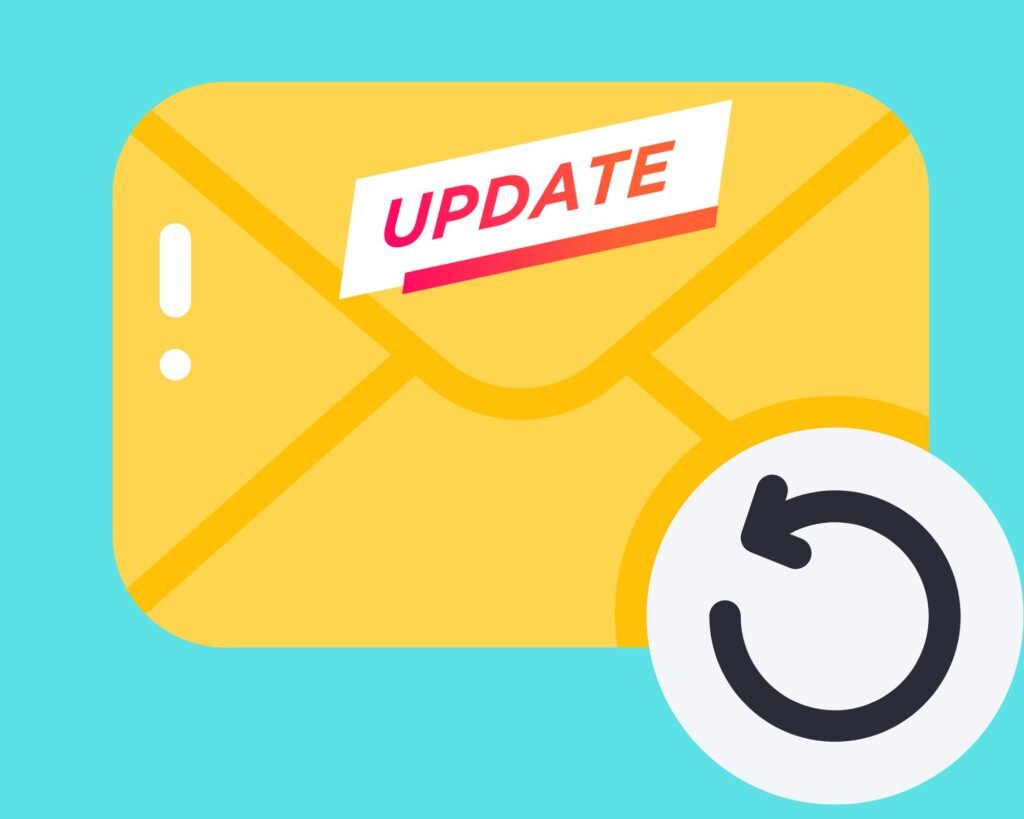
These are other excellent options for businesses or websites looking to stay engaged with their audience. These emails are sent regularly, whether once a week, twice a month, or even more frequently, depending on your goals.
As the name suggests, these emails focus on product updates to keep customers informed about any changes or new products that may be relevant to them.
For example, you could send an email announcing that a new version of one of your most popular products is now available and include vital details about what makes this update great.
Some Important answers to questions you should know about the product update email campaigns:
- What should be included in a product update email?
An email announcing a product update should make it obvious what the update is, what modifications or enhancements have been made, and how the customer will benefit. Links to more in-depth material or resources, pertinent pictures or other graphics, and guidelines on how users can benefit from the updates or new features should all be included.
- Can I use product update emails for marketing purposes?
Customers should be informed and educated on product changes, but you can also include marketing elements in product update emails. You may incentivize customers to upgrade to premium features, encourage them to investigate more offerings, or include connections to appropriate resources.
- How can I ensure the deliverability of product update emails?
Follow email deliverability best practices, such as choosing a trustworthy email service provider, segmenting your email list, upholding a positive sender reputation, avoiding spam trigger phrases, and routinely tracking deliverability rates to ensure the deliverability of product update emails.
Event Invitation Emails

If you’re involved with events like trade shows or conferences in your industry, event invitation emails can be a great way to promote these events to your subscribers.
With these emails, you can send information about the event, including registration details and any new products or services that will be unveiled. Moreover, you could include a promotional code or discount for those who sign up to attend.
Some Important answers to questions you should know about the event invitation email campaigns:
- What should be included in an event invitation email?
A clear call-to-action (CTA) for registration or RSVP should be included in an event invitation email along with other pertinent information, such as the event title, date, time, location (or online platform if it’s a virtual event), a brief description of the event, key speakers or presenters, and any special features or benefits.
- Should I provide a registration or RSVP link in the event invitation email?
Yes, it is crucial to include a call-to-action (CTA) that is obvious and visible and sends readers to a registration or RSVP page so they can confirm their participation. To promote the most involvement, keep the registration procedure straightforward and uncomplicated.
- How can I encourage recipients to attend the event?
Emphasize the exceptional benefits attendees will receive from attending, such as educational resources, networking opportunities, privileged access to experts, or exclusive discounts or promotions, to persuade recipients to participate in the event. To elicit a sense of urgency, emphasize any time-sensitive incentives or limited seating.
Lead Nurturing Email
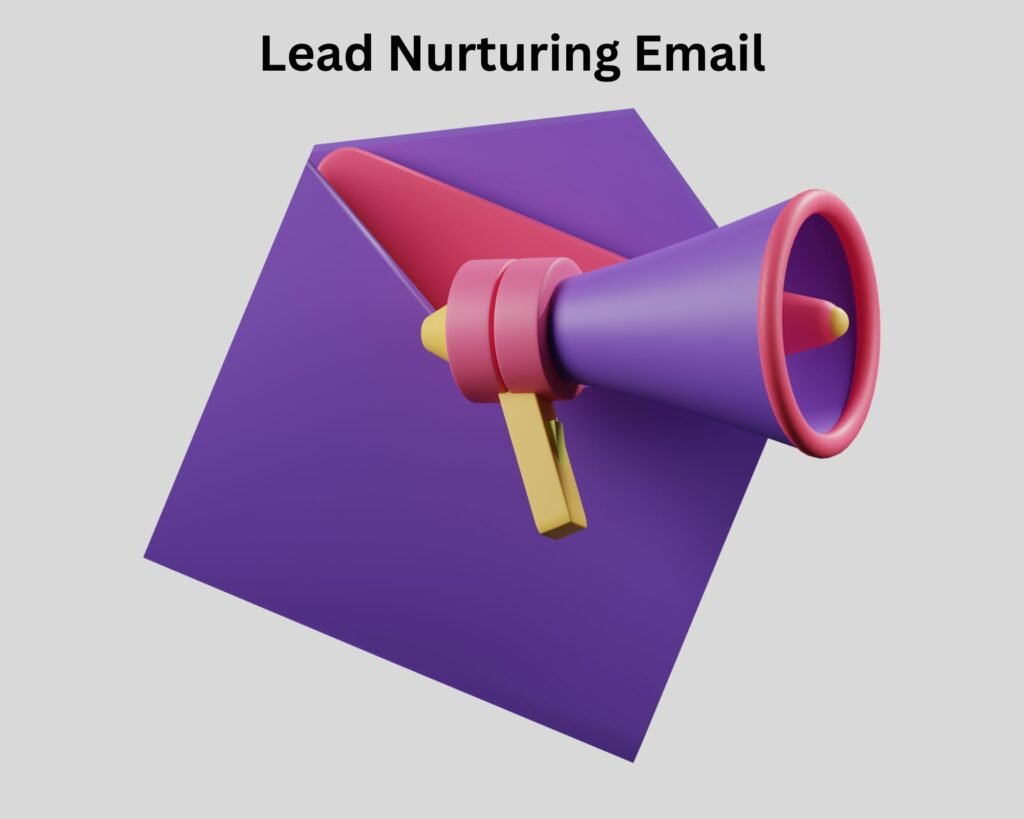
If you want to increase the number of leads from your email marketing campaigns, a lead nurturing email can be helpful. However, This type of email guides potential customers through a sales funnel and gradually increases their interest in your products or services.
Feel free to incorporate hyperlinks to your website, blog, or social media pages that help potentially guide customers through the “buying journey.” Also, including valuable resources or advice in your lead-nurturing emails can help build trust and establish you as an expert.
Some Important answers to questions you should know about lead nurturing email campaigns:
- How do lead nurturing emails differ from promotional emails?
In contrast to promotional emails, lead nurturing emails concentrate on establishing relationships and delivering value rather than making overt sales pitches. While advertising emails are more concerned with generating quick conversions, lead nurturing emails are made to inform and mentor leads.
- What is the purpose of lead nurturing emails?
Lead nurturing emails should be used to engage and educate leads, build trust, handle any issues they may have, and encourage them to purchase. These emails are meant to foster connections and keep your brand at the forefront of their minds while they make decisions.
Replenishment Email
E-commerce businesses mainly use these emails with a subscription model. If your website offers products that require regular replenishment, you can email customers as an update for them to place another order. This is an effective way of keeping users up-to-date and ensuring they always stay supplied!
These emails include exclusive offers and discounts to incentivize customers to purchase another. But you should send these emails only if customers genuinely need the product regularly. Or else, you may risk disappointing your subscribers and seeing a decrease in your email open rates.
Some Important answers to questions you should know about replenishment email campaigns:
- How does the timing of replenishment emails work?
The predicted product lifespan or usage frequency is generally used to determine when to send out replenishment emails. The email can be sent out after a certain period or when the customer’s product supply is anticipated to be running short. This guarantees that the email will be delivered at the ideal moment to encourage a repurchase.
- How can I incentivize customers to repurchase through replenishment emails?
Offer special deals, awards for loyalty, free delivery on their subsequent orders, or other incentives to encourage clients to make additional purchases through replenishment emails. These rewards may engender a sense of urgency and encourage immediate repurchases.
Internal Update Emails
This type of email is used mainly for internal company communications. These include updates about new policies or changes to your team and other information relevant to your employees.
For example, you might send an internal update email about a new product that is launching or a staff member who has been promoted.
Some Important answers to questions you should know about internal update email campaigns:
- Can I use internal update emails to recognize employees?
Internal update emails can be a great way to celebrate and recognize employee aYouace culture; you can include a section noting noteworthy accomplishments, milestones, or outstanding in raising spirits and promoting healthy workplace culture contributions.
- Should I include a section for questions in internal update emails?
In emails about internal updates, including a section for questions can be beneficial. It enables staff to ask questions to get more information, request clarification, or offer feedback on the update. Encourage open communication and assign a point of contact for any questions or follow-up conversations.
Requesting Review Email
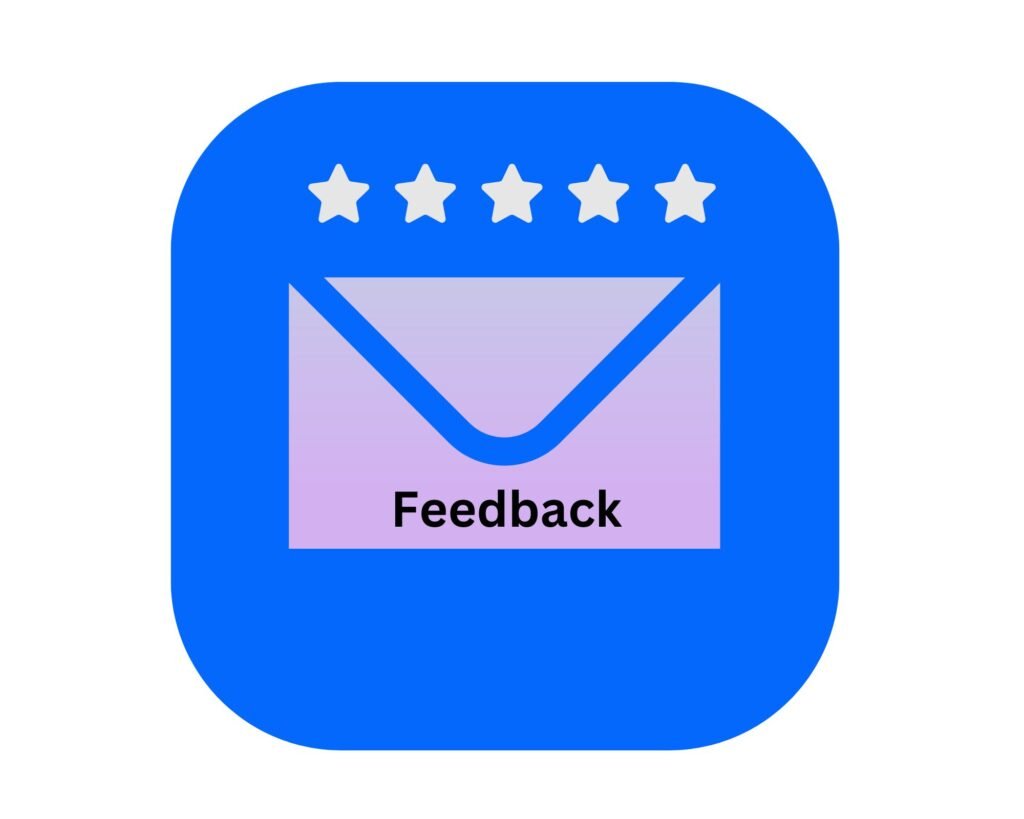
E-commerce websites also use these emails and can be a great way to encourage users. Motivate customers to post positive reviews on your platform website or social media pages.
You could include a link in these emails that redirects users to your site, where they can leave their reviews, along with any comments or feedback they have about Offering your products or services in this manner contributes to the establishment of trust and credibility, providing valuable insights into your customers’ opinions about the quality of your products and whether you need to make any changes.
Some Important answers to questions you should know about requesting review email campaigns:
- Why are requesting review emails important?
Requesting review emails is essential because they help Collect valuable customer feedback and testimonials that can enhance products or services, foster trust with prospective customers, and elevate the business’s overall reputation.
- What should be included in a requesting review email?
An email asking for a review should thank the client for their transaction, explicitly identify its goal, give a direct link or step-by-step instructions on how to do so, and, if appropriate, specify any particular requirements or criteria for the review. Additionally, it should be simple for the consumer to contact you with any queries or issues.
- What can I do to inspire customers to provide reviews?
Motivate customers to share reviews by emphasizing the significance of their feedback in assisting other customers to make informed decisions. Additionally, consider providing incentives, such as discounts on their next purchase, entry into a giveaway, or exclusive access to new features or content, as a thank-you for their review.
Dedicated Send Email
Email marketers typically use this kind of email, usually sent to a targeted segment of subscribers. With these types of emails, you can focus on providing specific information or resources to a particular group of customers.
For example, send out an email with product recommendations for your male subscribers.
Here are some Important answers to questions you should know about Dedicated Send email campaigns:
- Can I use dedicated emails for re-engagement campaigns?
Yes, dedicated email efforts for re-engagement can be successful. You can rekindle inactive or dormant subscribers’ interest and persuade them to take action or engage with your company once more by creating an alluring message or offer to tempt them.
Re-engagement Email
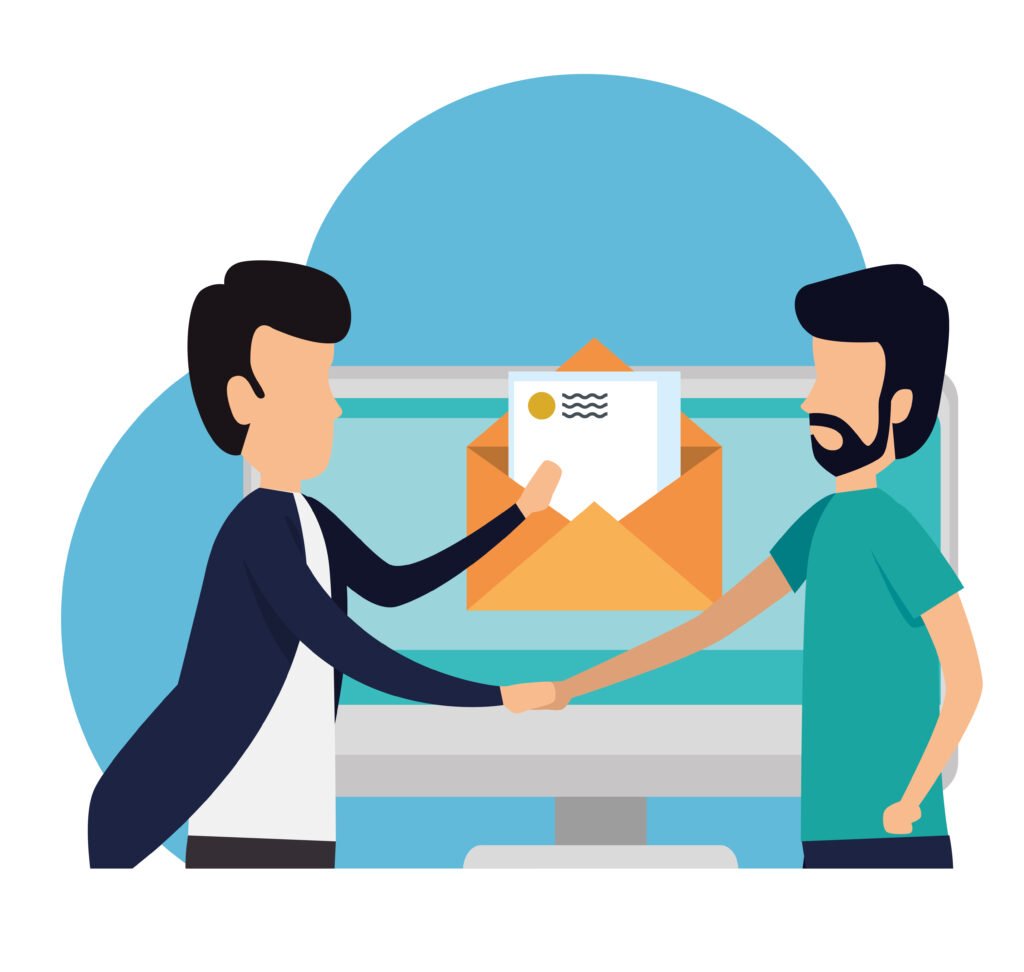
These emails are designed to encourage recipients who have been inactive for a certain period to start engaging with your brand again.
It can help you increase open and click-through rates by targeting customers no longer actively using your services.
Meanwhile, You might include content encouraging these customers to take advantage of current offers or try out new products and services. Or you might set a goal for these emails and track how many subscribers you can re-engage with your content.
Some Important answers to questions you should know about re-engagement email campaigns:
- What should I do if subscribers do not respond to re-engagement emails?
If subscribers do not respond to re-engagement emails, it may indicate a lack of interest or a need for further action. Consider removing non-responsive subscribers from your email list to maintain a healthy engagement rate and focus your efforts on those who show genuine interest in your brand.
- How can I make my re-engagement email effective?
Focus on customization, acknowledge their previous contacts, offer incentives or exclusive offers, emphasize new updates or features, create a feeling of urgency, and provide a simple way for them to re-engage with your company if you want your re-engagement email to be successful.
Sponsorship Email

These emails are often sent to potential or existing business partners or sponsors. With this email, you can showcase your company’s brand and highlight the partnerships you seek.
You might also include information about your company’s background, mission statement, or values to highlight what makes your brand unique.
Whether you’re looking for sponsors for your next event or hoping to form a partnership with another company, a sponsorship email is an effective method to establish connections with potential partners and cultivate trust and credibility.
Some Important answers to questions you should know about sponsorship email campaigns:
- Why are sponsorship emails important?
Your event, project, or organization can benefit from financial support or other resources by using sponsorship emails to forge partnerships and secure funding. They offer a chance to highlight the advantages of working with your company or cause.
- How can I make my sponsorship email compelling?
Focus on the goals and interests of the potential sponsor in your sponsorship email to make it more persuasive. Showcase the exceptional value and advantages they will receive from working with you, highlight any prior fruitful partnerships or significant contributions you have made, and explain how their brand is aligned with your occasion or cause.
Pro Tip
Email Marketing Tools
Using various email marketing tools, you can more effectively create and manage your email campaigns. Some commonly used tools are:
Mailchimp
Mailchimp is a widely used email marketing platform that offers easy-to-use tools for creating, sending, and analyzing email campaigns.
HubSpot
HubSpot provides an all-in-one inbound marketing platform with features like CRM, marketing automation, and sales tools, facilitating seamless integration and management of customer interactions.
Constant Contact
Constant Contact is an email marketing platform that simplifies the process of creating visually appealing campaigns, managing contact lists, and tracking email performance.
ActiveCampaign
ActiveCampaign is a comprehensive marketing automation platform beyond email, offering tools for customer experience automation, sales automation, and CRM, enabling personalized and targeted engagement.
These email marketing tools allow you to design and create targeted email campaigns tailored to customer needs and preferences.
Ready To Shoot
However, It doesn’t matter what type of email you’re sending; it’s always essential For your content to be compelling. Carefully craft each email, focusing on the keywords and tone that will evoke the desired response from your audience.
If you have any questions regarding the types of email marketing, please feel free to ask them in the comments. We would be happy to answer you.
Thanks for reading 🙂

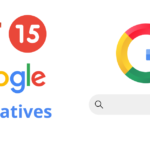

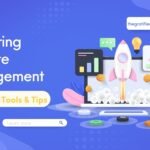
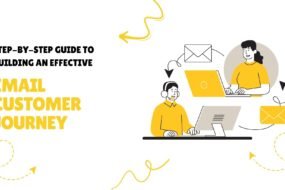
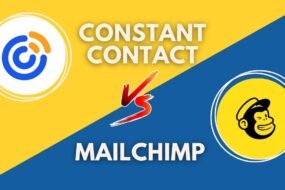

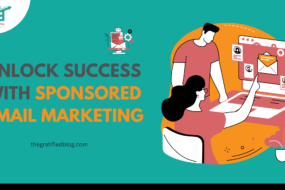
No Comments